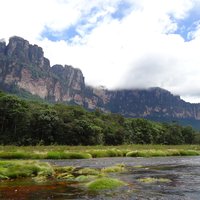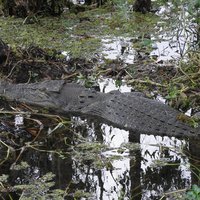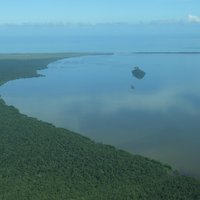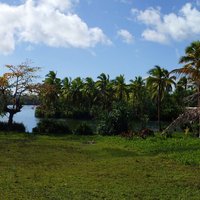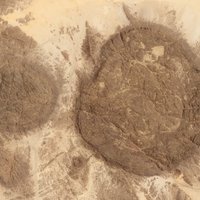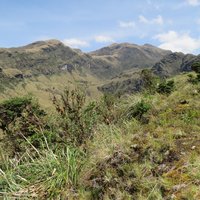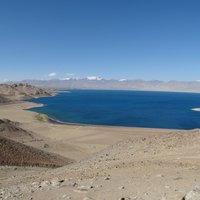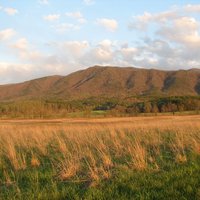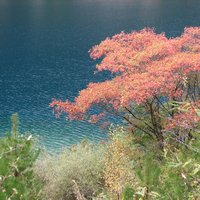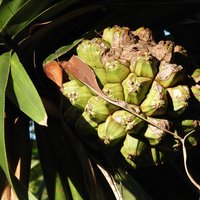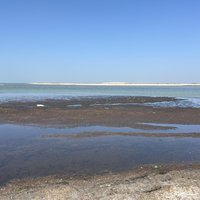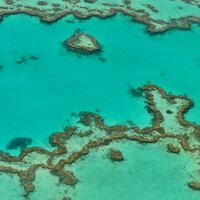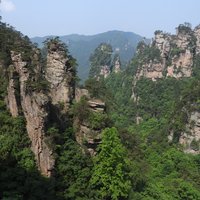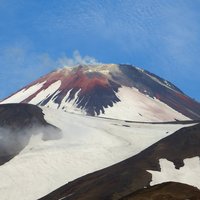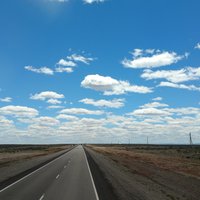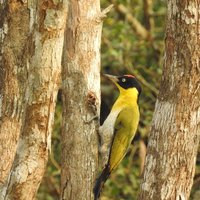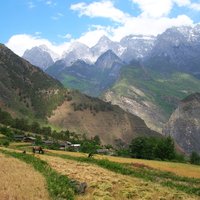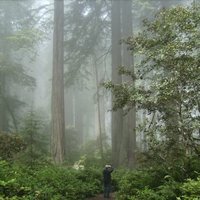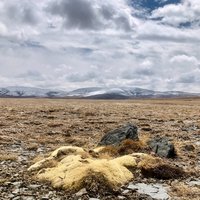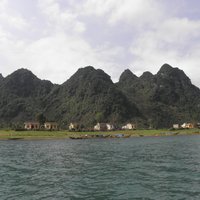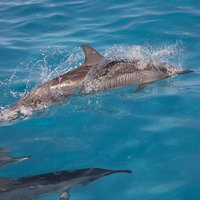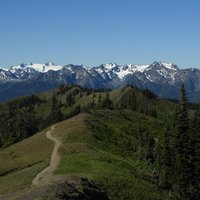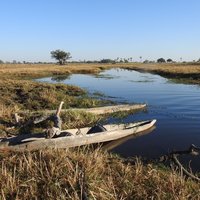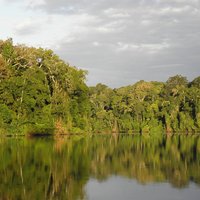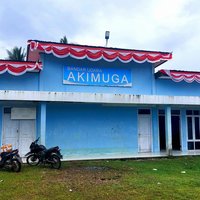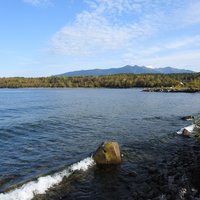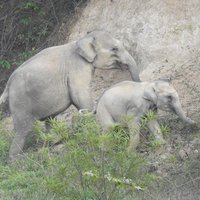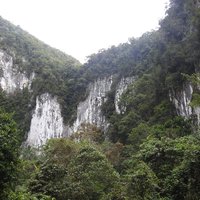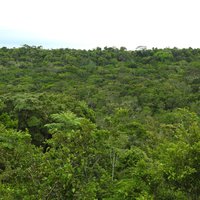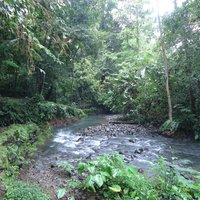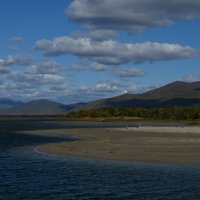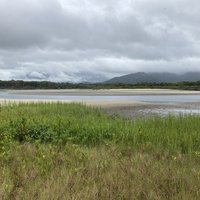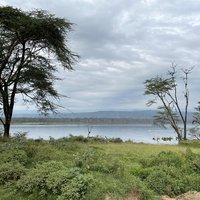Connected Sites
-
Pemon Amerindians. "The Committee noted that a population of about 10,000 was resident in the savannah.....and have not been consulted regarding the nomination of the area" (Decision minutes)
-
"Two small populations of Baka pygmies live within the Reserve in small encampments, maintaining an essentially traditional semi-nomadic lifestyle"
See www.unep-wcmc.org
-
Australian Aborigines
-
ca. 2.000 Miskito- and Pesch-Indians
-
Approximately 800 people of Polynesian origin reside in four villages within the nominated area (AB ev)
-
The 3,500-7,000 Twareg inhabitants for the most part maintain a lifestyle of transhumant pastoralism, raising goats and camels (unesco website)
-
The resident Indian groups are the Quichuas-Puruháes in the northwest and centre, the Quichuas-Cañaris in the south and southwest and Shuar in the south and southeast. (UNEP-WCMC)
-
Topnaars (Nama)
-
-
Cherokee "Many of the Cherokee left, but some, led by renegade warrior Tsali, hid out in the area that is now the Great Smoky Mountains National Park. Some of their descendants now live in the Qualla Reservation south of the park." Wiki
-
Jiuzhaigou (literally "Nine Village Valley") takes its name from the nine Tibetan villages along its length. Seven of them are still populated today by 130 Tibetan families.
-
Guarayu
-
includes villages of Bonin Islanders, a mixture of European and Pacific settlers who talk Bonin English, also called Ogasawara Mixed Language
-
1000 or so Imraguen people live in the park, subsisting by fishing.
-
Today, there are at least 20 Rainforest Aboriginal tribal groups, 120 clans and 8 language groups - currently over 20,000 people - with ongoing traditional connections to land in the Wet Tropics World Heritage Area.
See www.wettropics.gov.au
-
"A group of less than 1,000 Ediki lives in Yaelima, Dekese zone, in the centre of the park" (AB ev)
-
"The reserve is inhabited by traditional nomadic pygmy Mbuti and Efe hunters"
-
A number of the northern islands are still inhabited by Aboriginal communities -e.g Palm Island (and others)
-
many villages of Tujia people
-
Bystrinsky Nature Park is the only protected nature area of Kamchatka where representatives of indigenous peoples live such as Evens, Koryaks, and Itelmens
-
Present settlements within the Uniya basin include those of the Komi people and the Old Believers, a religious sect who were proscribed by Russian authorities in the 17th century. (AB ev)
-
Maori
-
Hmong villages in Thung Yai
-
Tibetan, Lisu, Nu, Dulong, Bai, Pumi and Naxi minority peoples
-
Approximately 10000 Bribri, Cabecar, Brunca and Guaymi live within the park (AB Ev).
-
Minority peoples, including the Yi (Shilin) and the Shui, Yao and Buyi (Libo), comprise the majority of residents in two of the nominated areas (AB ev)
-
Sherpas
-
Such groups as the Yurok, Tolowa, Karok, Chilula, and Wiyot all have historical ties to the region. An 1852 census determined that the Yurok were the most numerous, with 55 villages and an estimated population of 2,500.(Wiki)
-
Tibetan pastoralists
-
Arem and Ruc tribes still live in the forest (see Nom file)
-
Native Hawaiian
-
Eight Olympic Peninsula tribes continue to recognize a relationship to the park based on traditional land use, origin, beliefs, mythology and spiritual beliefs and practices. These tribes are the Lower Elwha Klallam, Jamestown S'Klallam, Port Gamble S'Klallam, Skokomish, Quinault, Hoh, Quileute, and Makah.
-
-
The Masai live in the Ngorongoro Conservation Area and still maintain their pastoralist lifestyle.
See www.devex.com
-
Permanent human habitation is restricted to several small communities of the Matsigenga Amazonian tribal group, largely along the Manú river or one of its main tributaries.
-
The forests of Lorentz encompass the traditional lands of several ethnic groups, including the Asmat, Amungme, Dani, Sempan, and Nduga.
-
Evenk People "Traditional economic activity is led within the Park's area: licensed sable hunting, horse breeding in the Boutama River mouth, deer farming and haymaking. 884 thousand ha of land or about 60% of area of the Park are assigned to 6 Evenk ancestral farms." (nom file)
-
The population of the island [Olkhon] is less than 1,500 and consists mostly of Buryats, the island's aboriginal people. (Wiki)
-
Karen communities
-
Penan Nomadic Tribes
-
Altai: The area is sparsely populated with local populations of Russians and Altaisky, a Turkish speaking people, mainly involved in traditional pastoralism, low intensity agriculture, hunting and gathering. (nomination doc)
-
Buddhist worship, along with spirit and totem worship by local ethnic minorities, is still very evident. (AB ev)
-
Some members of the Miccosukee and Seminole tribes continue to live within park boundaries.
-
Pataxó
-
Choco and Kuna Indians still inhabit the park.
-
-
-
the Mudugar and Irula tribal people are indigenous to the area and do live in ... Attappady Reserved Forest (wiki)
See en.wikipedia.org
-
nomadic pastoral use of the grasslands within the basin over thousands of years
-
The Endorois people were forced by the Kenyan government to leave their traditional homeland around Lake Bogoria in the 1970s. See link for current state of their fight to gain recognition of their rights and criticism of UNESCO/WHC and IUCN for allowing the inscription
See www.iucn.org

